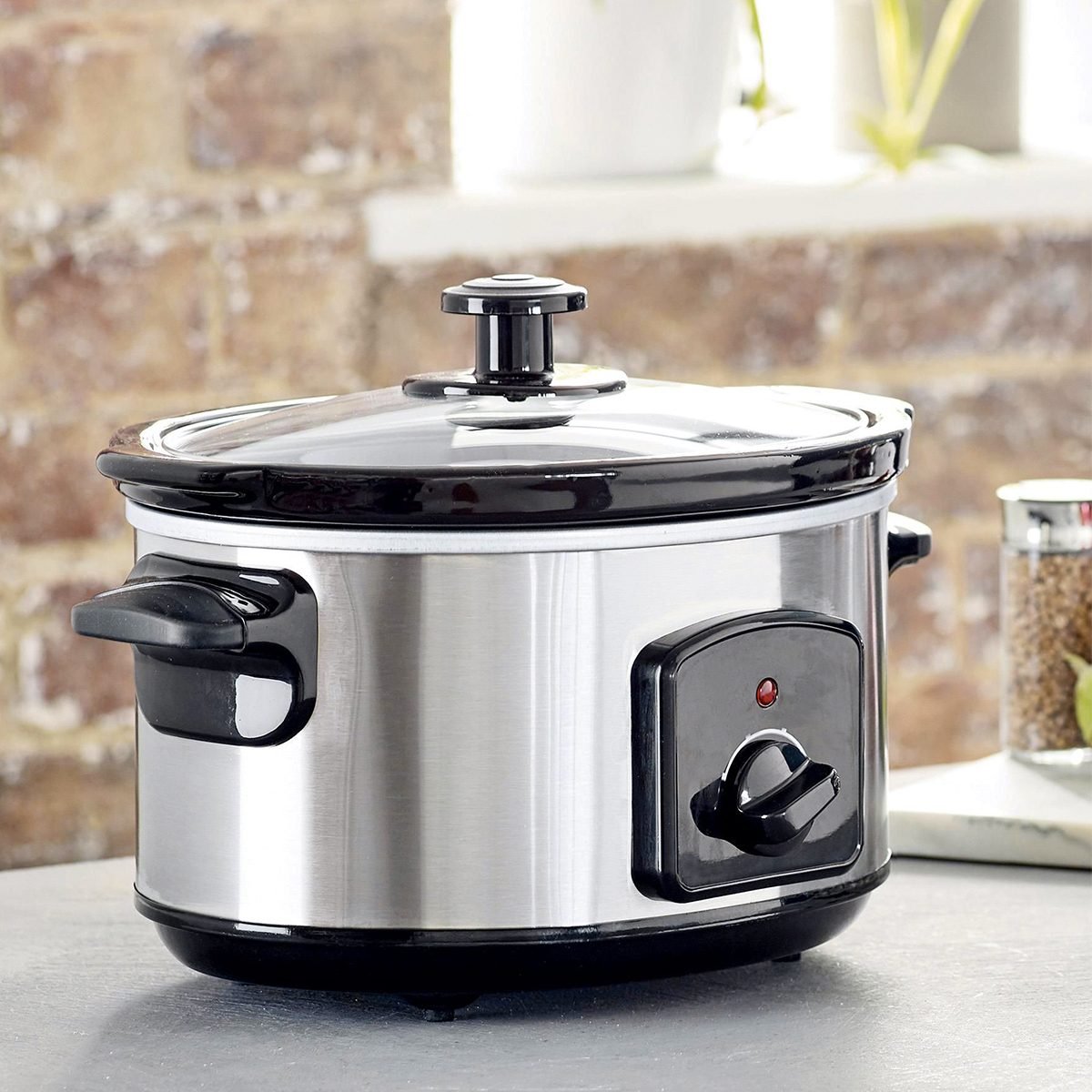

Articles
How A Slow Cooker Works
Modified: August 26, 2024
Discover how a slow cooker works with these informative articles. Find tips, recipes, and step-by-step guides to make delicious meals with ease.
(Many of the links in this article redirect to a specific reviewed product. Your purchase of these products through affiliate links helps to generate commission for Storables.com, at no extra cost. Learn more)
Introduction
Slow cookers, also known as crock-pots, have become a staple appliance in many kitchens. These versatile kitchen gadgets provide a convenient way to prepare delicious meals with minimal hands-on time. Whether it’s hearty stews, tender roasts, or flavorful soups, a slow cooker makes cooking a breeze.
But have you ever wondered how a slow cooker actually works? In this article, we will delve into the inner workings of a slow cooker, exploring its basic components and the science behind its cooking process. We will also discuss the benefits of using a slow cooker and provide some useful tips for safe usage and maintenance.
So, let’s put on our culinary hats and uncover the magic behind the slow cooker!
Key Takeaways:
- Embrace the Magic of Slow Cooking
Slow cookers offer convenience, enhanced flavors, and tenderized meats. With proper usage and maintenance, they revolutionize cooking, bringing people together for heartwarming meals. - Harness the Benefits of Slow Cooking
From time-saving and versatility to nutritional value, slow cookers are a valuable addition to any kitchen. Embrace the joy of slow cooking and savor the mouthwatering aromas.
The Basic Components of a Slow Cooker
A slow cooker may seem like a simple appliance, but it is made up of several essential components that work together to create the perfect cooking environment. Let’s take a closer look at the basic components of a slow cooker:
1. Outer Housing: The outer housing of a slow cooker is typically made of heat-resistant material such as stainless steel or ceramic. It provides insulation and protects the inner components from heat loss.
2. Inner Pot: The inner pot, also known as the crock or stoneware insert, is where the food is placed for cooking. It is usually made of ceramic or porcelain and is removable for easy cleaning. The size of the inner pot can vary depending on the capacity of the slow cooker.
3. Lid: The lid is an essential component that helps to seal in heat and moisture during the cooking process. It is typically made of transparent glass or heat-resistant plastic, allowing you to monitor the progress of your meal without lifting it.
4. Heating Element: The heating element is responsible for generating and maintaining the desired cooking temperature. In most slow cookers, the heating element is located at the bottom of the outer housing, directly beneath the inner pot.
5. Control Panel: The control panel is where you can set the cooking time and temperature of the slow cooker. It may include buttons or dials for adjusting the settings and an LED display for monitoring the cooking progress.
6. Handles: Handles are located on the sides of the outer housing and the lid, allowing for easy transportation and removal of the inner pot.
These basic components work in harmony to create a controlled cooking environment within the slow cooker. The heating element, combined with the insulated housing and tightly sealed lid, helps to maintain a consistent temperature throughout the cooking process.
Now that we understand the basic components of a slow cooker, let’s explore how the heating mechanism works to cook our food to perfection.
The Heating Mechanism
The heating mechanism is a crucial component of a slow cooker that allows it to cook food slowly and evenly. Understanding how the heating mechanism works can help you make the most out of your slow cooker meals.
Most slow cookers use electric heating elements to generate heat. These heating elements are typically located at the bottom of the outer housing, directly beneath the inner pot. When you turn on the slow cooker and set the desired cooking temperature, the heating element starts to heat up.
As the heating element warms up, it transfers heat to the inner pot through conduction. The inner pot, usually made of ceramic or porcelain, absorbs the heat and distributes it evenly throughout the food. This gradual and consistent heating process is what makes slow cooking ideal for tenderizing meats and developing rich flavors.
The heating mechanism in a slow cooker operates on a low wattage, typically ranging from 100 to 300 watts. This low wattage ensures that the food is cooked slowly over an extended period, allowing it to tenderize and develop complex flavors.
Slow cookers also feature a thermostat that helps regulate the cooking temperature. The thermostat constantly monitors the temperature inside the slow cooker and adjusts the heat accordingly to maintain a consistent cooking environment.
One advantage of the heating mechanism in slow cookers is its energy efficiency. The low wattage and prolonged cooking time require less energy compared to other cooking methods, making slow cookers an environmentally friendly option.
Now that we understand the heating mechanism, let’s take a look at how the slow cooking process actually takes place in a slow cooker.
The Cooking Process in a Slow Cooker
The cooking process in a slow cooker involves a combination of low heat and long cooking times, resulting in tender and flavorful dishes. Let’s explore the step-by-step process of how a slow cooker works its magic:
1. Preparation: Start by preparing the ingredients for your dish. Chop the vegetables, trim the meat, and gather any spices or seasoning you’ll be using.
2. Layering: Place the ingredients in the inner pot of the slow cooker, layering them according to the recipe instructions. It’s important to add the liquid ingredients first, followed by the meat and vegetables.
3. Setting the Time and Temperature: Set the desired cooking time and temperature on the control panel of the slow cooker. Most slow cookers offer temperature settings such as Low, High, and sometimes Medium. The cooking time can vary depending on the recipe and the desired level of tenderness.
4. Cooking: Once the time and temperature are set, the slow cooker will start heating up. The heating element will gradually raise the temperature inside the inner pot, allowing the flavors to meld and the ingredients to become tender.
5. Avoiding Lifting the Lid: It’s important to resist the temptation to lift the lid during the cooking process. Each time the lid is lifted, heat and moisture escape, which can significantly affect the cooking time and result in unevenly cooked food. Only lift the lid if necessary, such as when adding delicate ingredients or stirring the dish.
6. Gentle Simmering: As the slow cooker heats up, the liquid in the pot will start to simmer gently. The slow cooking process allows the flavors to intensify, producing deliciously tender and aromatic dishes.
7. Checking for Doneness: Near the end of the cooking time, check the dish for doneness. Meat should be tender and easily shred, and vegetables should be soft and cooked through. If the dish requires further cooking, you can adjust the time accordingly.
8. Serving and Enjoying: Once the dish is cooked to perfection, carefully remove the inner pot from the slow cooker. Serve your delicious creation and savor the flavors that have been slowly developed over time.
The slow cooking process allows for hands-off cooking, making it ideal for busy individuals who want a hot and ready meal at the end of the day. Plus, the long cooking times and low temperatures help to break down tough fibers in meats and infuse flavors into the dish.
Now that you understand the cooking process in a slow cooker, let’s explore the benefits of using this versatile kitchen appliance.
When using a slow cooker, make sure to fill it at least halfway for even cooking. Avoid lifting the lid during cooking to maintain the heat and moisture.
Benefits of Using a Slow Cooker
Using a slow cooker offers a range of benefits that make it a popular choice for home cooks. Here are some of the advantages of incorporating a slow cooker into your culinary routine:
1. Convenience: One of the biggest advantages of using a slow cooker is the convenience it provides. Simply add your ingredients, set the desired cooking time and temperature, and let the slow cooker do the work. It’s perfect for busy individuals or those who want to minimize hands-on cooking time.
2. Time-Saving: Slow cooking takes advantage of longer cooking times, allowing you to prepare meals in advance. You can set the slow cooker in the morning and come home to a delicious, fully cooked meal in the evening.
3. Enhanced Flavors: The slow and gentle cooking process in a slow cooker helps develop rich and complex flavors. The low heat allows the ingredients to slowly simmer and meld together, resulting in mouthwatering dishes that are bursting with flavor.
4. Tenderizes Meat: Slow cookers are excellent for tenderizing cuts of meat that are typically tougher, such as roasts and stews. The long cooking times break down collagen in the meat, resulting in tender, melt-in-your-mouth textures.
5. Economical: Slow cookers are energy-efficient, using less electricity than traditional cooking methods. Additionally, slow cooking allows you to make use of more affordable cuts of meat, as the slow cooking process helps to tenderize them.
6. Versatility: Slow cookers offer endless possibilities when it comes to meal options. From soups and stews to curries and desserts, there are countless recipes that can be adapted to slow cooker cooking. You can easily experiment with different flavors and cuisines.
7. Nutritional Value: Slow cooking helps retain the nutrients in the ingredients. Since the cooking process typically involves minimal water, vitamins and minerals are not lost through excessive boiling or evaporation. This makes slow cooker meals a nutritious choice for the whole family.
8. Great for Meal Planning: Slow cookers are perfect for meal planning and batch cooking. You can prepare large quantities of food and store leftovers for future meals, saving time and ensuring you always have something delicious and homemade on hand.
By harnessing the benefits of a slow cooker, you can enjoy flavorful and convenient meals that satisfy your taste buds and simplify your cooking routine.
Now that we’ve explored the benefits of using a slow cooker, let’s move on to some essential tips for using it safely and maintaining its longevity.
Read more: How To Cook In Slow Cooker
Tips for Using a Slow Cooker Safely
While slow cookers are generally safe to use, it’s important to follow certain guidelines to ensure optimum safety. Here are some essential tips to keep in mind when using a slow cooker:
1. Read the Instruction Manual: Before using your slow cooker, carefully read the instruction manual provided by the manufacturer. Familiarize yourself with the specific features, settings, and safety instructions of your particular model.
2. Ensure Proper Placement: Place your slow cooker on a stable and heat-resistant surface. Avoid placing it near flammable objects or close to the edge of the countertop where it may be easily knocked over.
3. Handle with Care: Use oven mitts or pot holders when handling the slow cooker, especially when removing the inner pot or touching the hot surfaces. The handles and exterior of the unit can get hot during operation.
4. Monitor Cooking Times: Follow the recommended cooking times provided in the recipe or by the manufacturer. Avoid overcooking food as it can lead to dryness or adversely affect the texture.
5. Use Sufficient Liquid: Ensure you have enough liquid in the slow cooker, especially when cooking meat or dense ingredients. Sufficient liquid will prevent the food from drying out and provide necessary moisture for the cooking process.
6. Don’t Overfill: Avoid overfilling the slow cooker to prevent potential spills and uneven cooking. Most slow cookers have fill-level indicators to guide you on the maximum amount of food you can add.
7. Thaw Ingredients Properly: If using frozen ingredients, ensure they are fully thawed before adding them to the slow cooker. This will ensure even cooking and prevent the slow cooker from needing to work harder to bring frozen ingredients up to temperature.
8. Practice Safe Food Handling: Handle raw ingredients with care to avoid cross-contamination. Keep raw meats separate from other ingredients and wash your hands thoroughly after handling raw proteins.
9. Clean Regularly: After each use, clean the slow cooker thoroughly to remove any food residue. Follow the manufacturer’s instructions for cleaning, and make sure all parts are completely dry before storing or using again.
10. Use Reliable Electrical Outlets: Plug the slow cooker into a reliable and grounded electrical outlet. Avoid using extension cords or overloading electrical circuits to prevent potential fire hazards.
By following these tips, you can ensure the safe and effective use of your slow cooker and enjoy worry-free cooking experiences.
Now that we’ve covered safety tips, let’s move on to the important topic of cleaning and maintenance of a slow cooker.
Cleaning and Maintenance of a Slow Cooker
Proper cleaning and maintenance of your slow cooker not only ensure its longevity but also help you maintain food safety and hygiene. Here are some essential tips for cleaning and maintaining your slow cooker:
1. Unplug and Cool Down: Before cleaning your slow cooker, make sure it is unplugged and has cooled down completely. This will prevent any risk of electric shock or burns.
2. Remove Removable Parts: If your slow cooker has removable parts such as the inner pot and lid, carefully remove them and wash them separately. This makes cleaning easier and more thorough.
3. Hand Wash Only: Most slow cooker components, such as the inner pot and lid, should be hand washed with warm, soapy water. Avoid placing them in the dishwasher as it can lead to discoloration, warping, or damage.
4. Clean non-removable Parts: Wipe down the outer housing of the slow cooker with a damp cloth or sponge. Avoid submerging the housing or getting it excessively wet, as it could damage the electrical components.
5. Soak if Necessary: If there are stubborn food residues or stains, you can soak the inner pot and lid in warm, soapy water for a while to loosen them. Light scrubbing with a sponge or brush should remove any remaining residue.
6. Avoid Abrasive Cleaners: Avoid using harsh or abrasive cleaners, as they can scratch or damage the surfaces of the slow cooker. Stick to mild, non-abrasive cleaning agents to keep your slow cooker in optimal condition.
7. Dry Thoroughly: After cleaning, make sure all parts of the slow cooker are completely dry before reassembling or storing. Moisture left inside the slow cooker can lead to mold or electrical issues.
8. Store Properly: When not in use, store your slow cooker in a clean and dry place. Make sure all parts are properly dry and neatly arranged to prevent any damage or contamination.
9. Check for Wear and Tear: Regularly inspect your slow cooker for any signs of wear and tear, such as frayed or damaged cords. If you notice any issues, discontinue use and have the unit inspected or repaired by a professional.
10. Follow Maintenance Guidelines: Refer to the manufacturer’s guidelines for any specific maintenance instructions for your particular model of slow cooker. This will ensure you are properly caring for and maintaining your appliance.
By following these cleaning and maintenance tips, you can keep your slow cooker clean, functioning properly, and ready to create delicious meals for years to come.
Now that we’ve covered the essentials of cleaning and maintenance, let’s wrap up our article.
Conclusion
Slow cookers have revolutionized the way we cook by providing a convenient and efficient method of preparing delicious and flavorful meals. By understanding the basic components and the heating mechanism of a slow cooker, we can appreciate the science behind its cooking process.
Using a slow cooker offers a myriad of benefits, including convenience, time-saving, enhanced flavors, and the ability to tenderize meats. It is a versatile appliance that allows you to experiment with various recipes and cuisines while maintaining the nutritional value of your ingredients.
To ensure safe usage, it is important to follow the recommended tips for operating a slow cooker and practice basic food handling and safety precautions. Regular cleaning and maintenance will not only keep your slow cooker in optimal condition but also contribute to food safety and hygiene.
Whether you’re a busy professional, a home cook with limited time, or someone who enjoys the convenience and flavors of slow-cooked meals, a slow cooker is a valuable addition to your kitchen arsenal.
So, next time you crave a hearty stew, a tender roast, or a flavorful soup, consider dusting off your slow cooker and let it work its magic. Sit back, relax, and savor the mouthwatering aromas that will fill your home as your delectable meal slowly cooks to perfection.
With its ability to transform humble ingredients into culinary masterpieces, the slow cooker reminds us of the beauty and joy of slow cooking, bringing people together for delicious and heartwarming meals.
Unlock the potential of your slow cooker and let it become your trusted ally in the kitchen. Happy cooking!
Frequently Asked Questions about How A Slow Cooker Works
Was this page helpful?
At Storables.com, we guarantee accurate and reliable information. Our content, validated by Expert Board Contributors, is crafted following stringent Editorial Policies. We're committed to providing you with well-researched, expert-backed insights for all your informational needs.
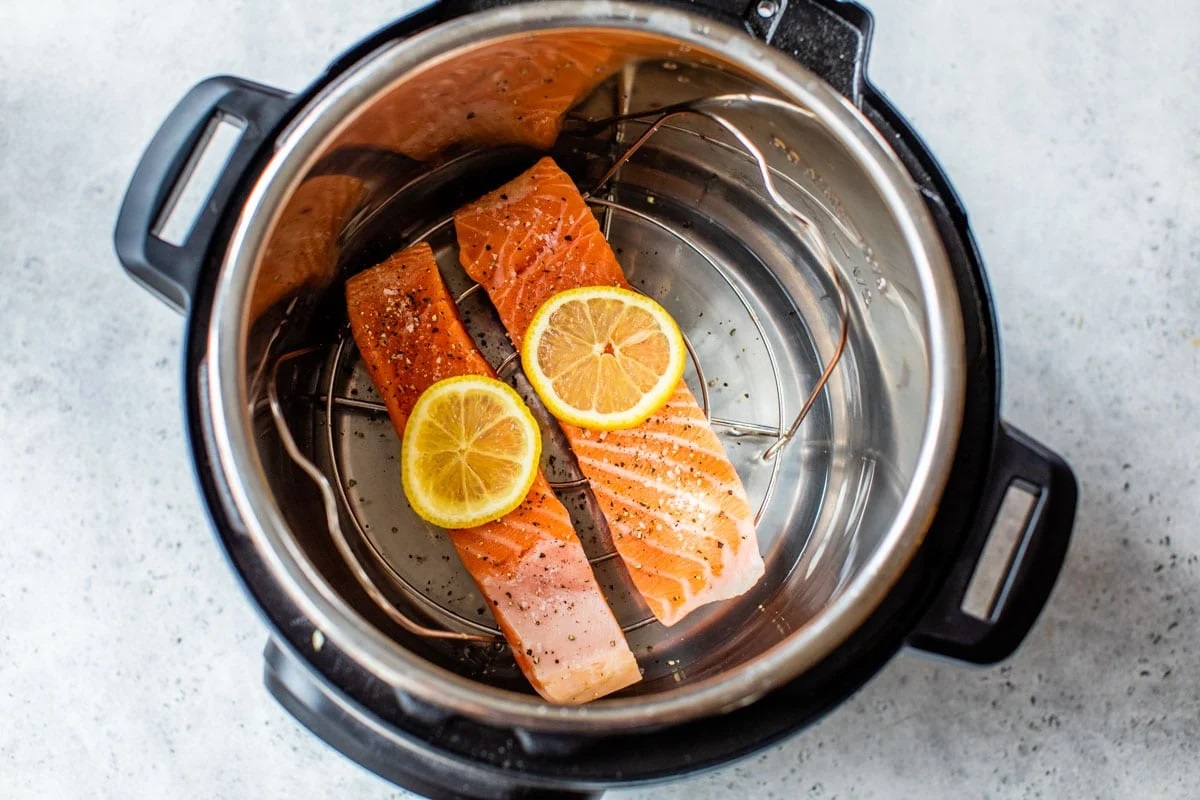
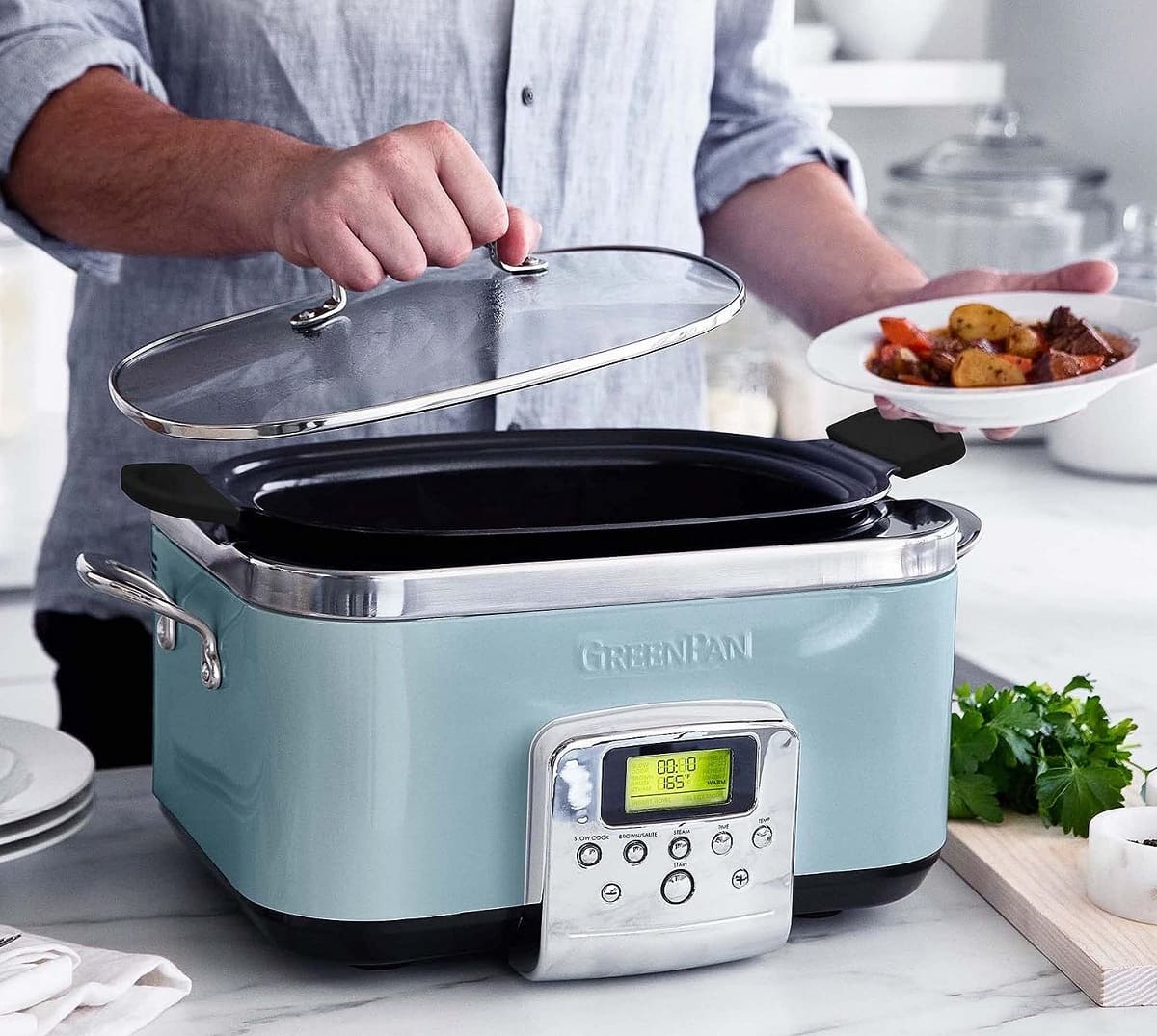
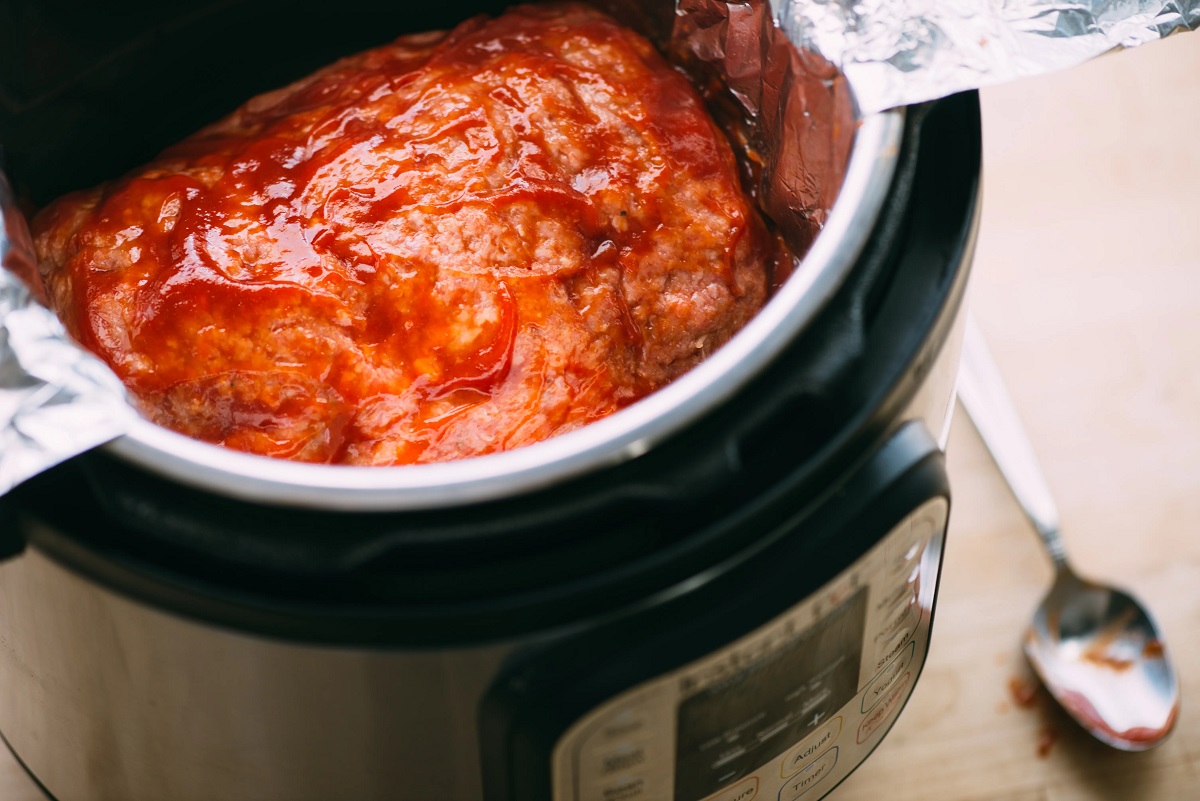
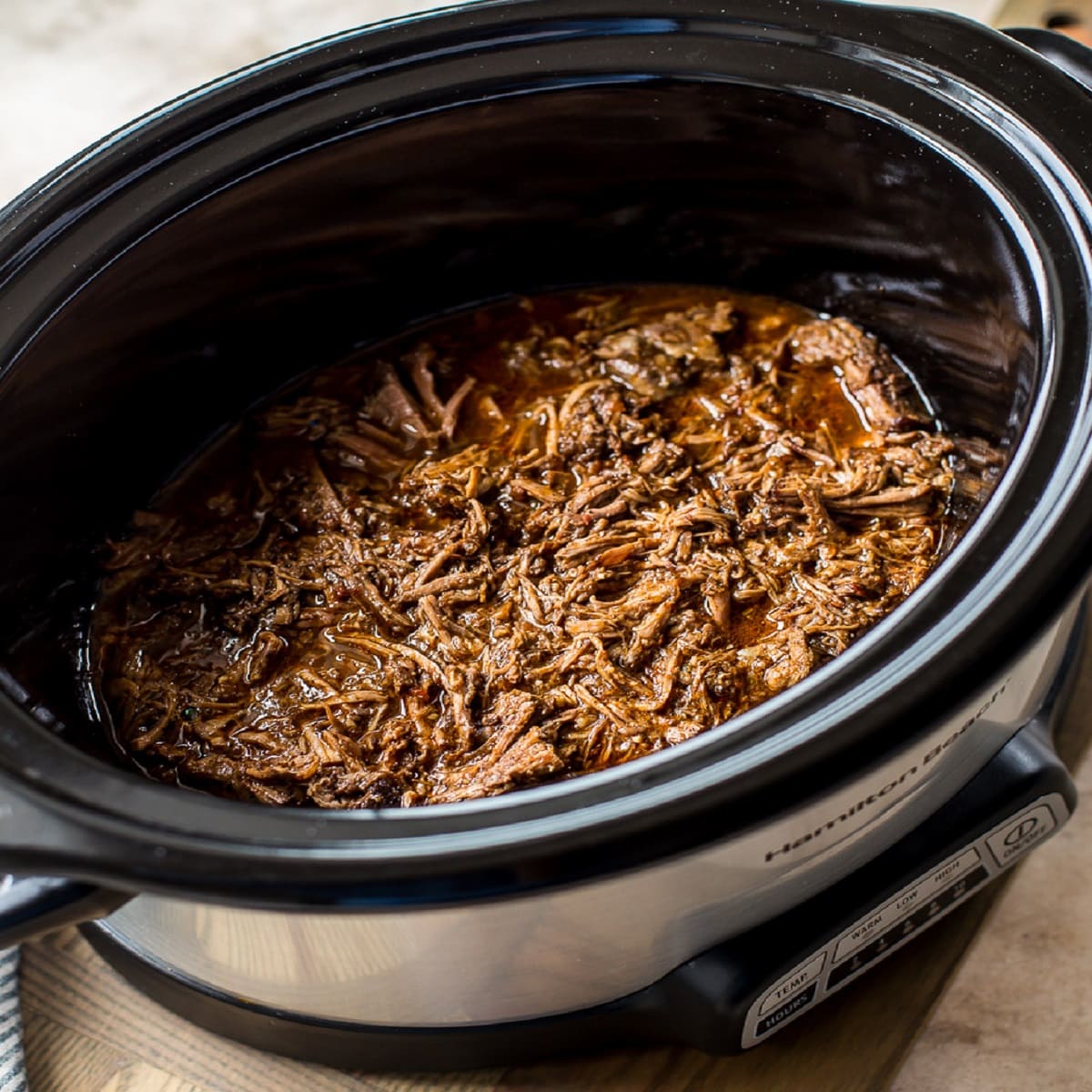
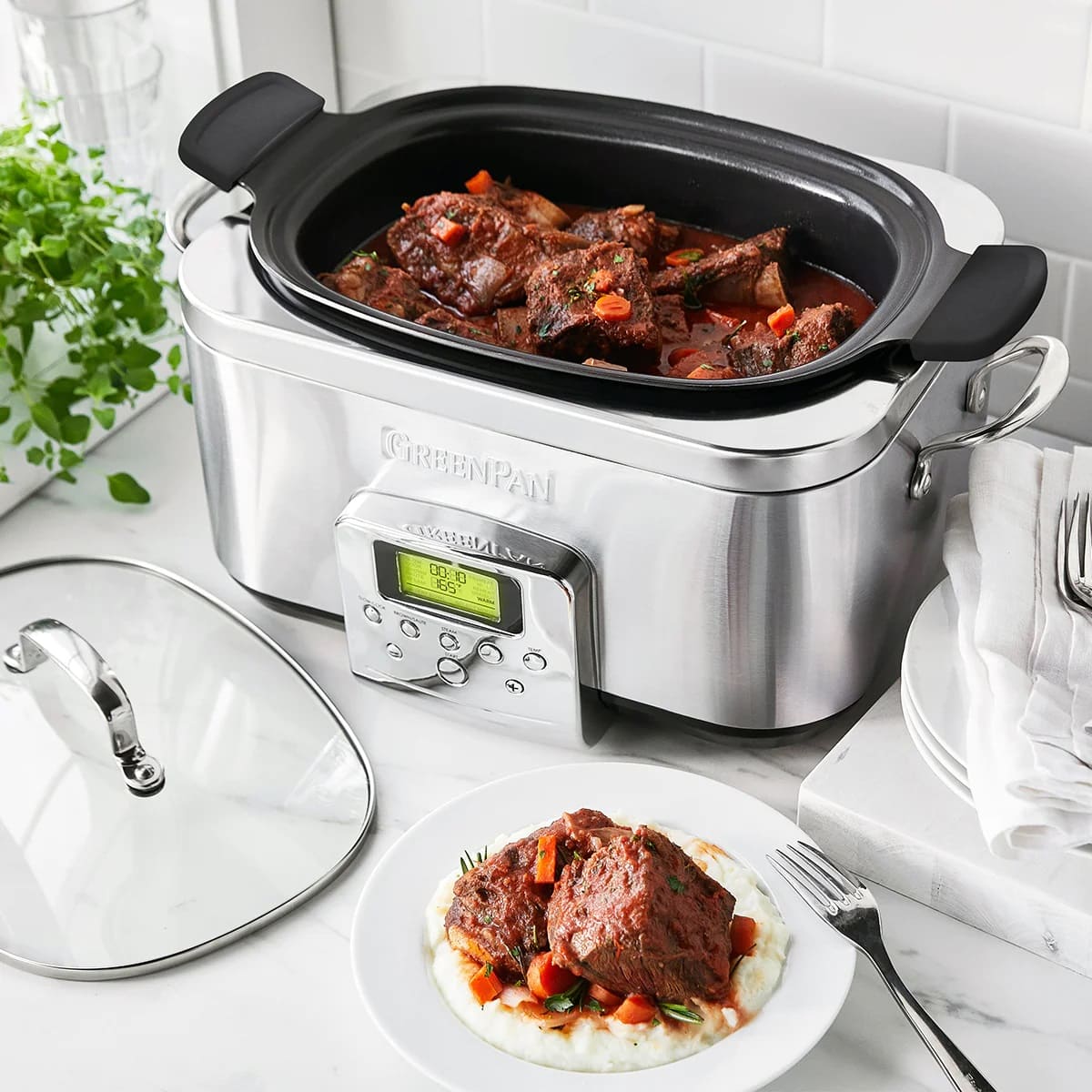
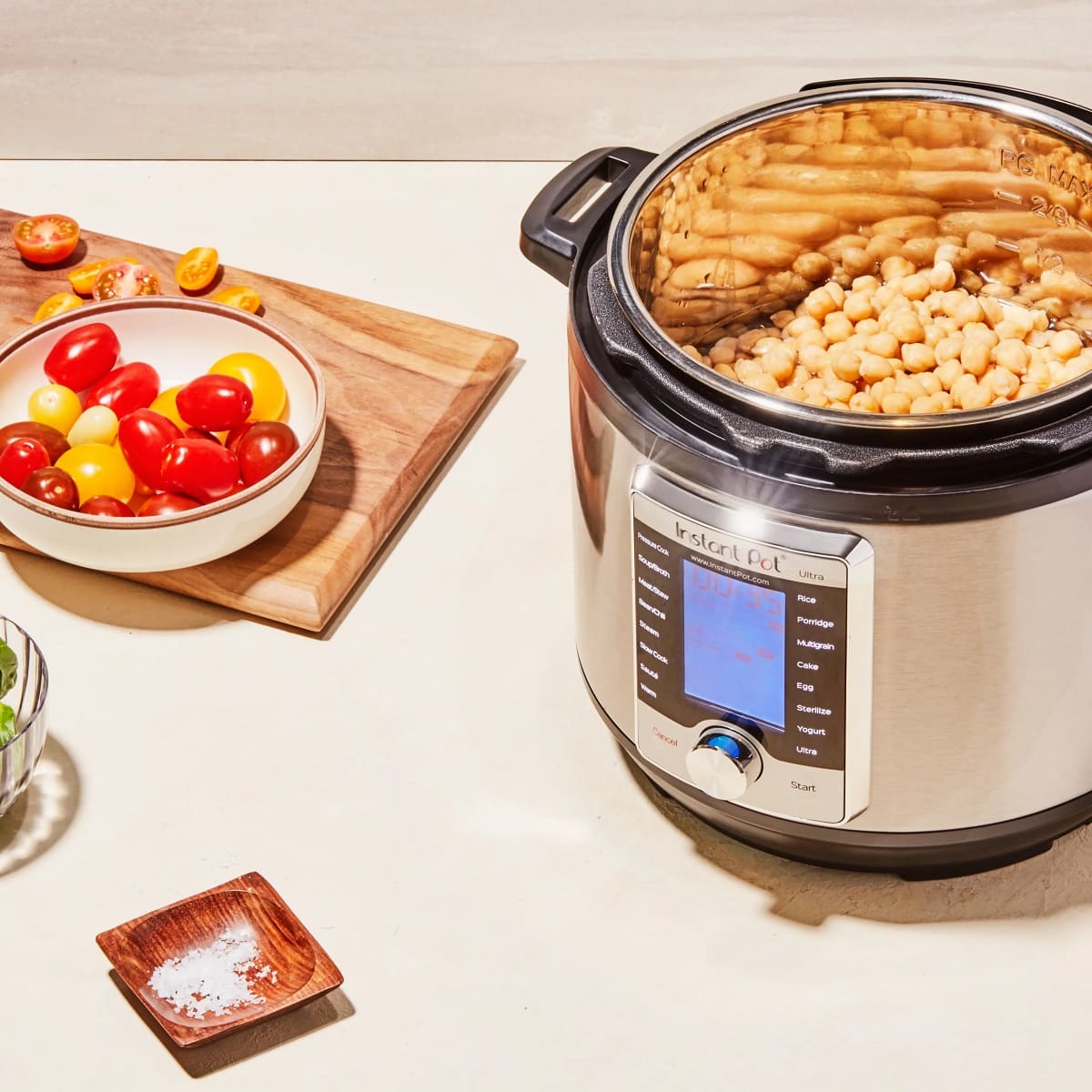
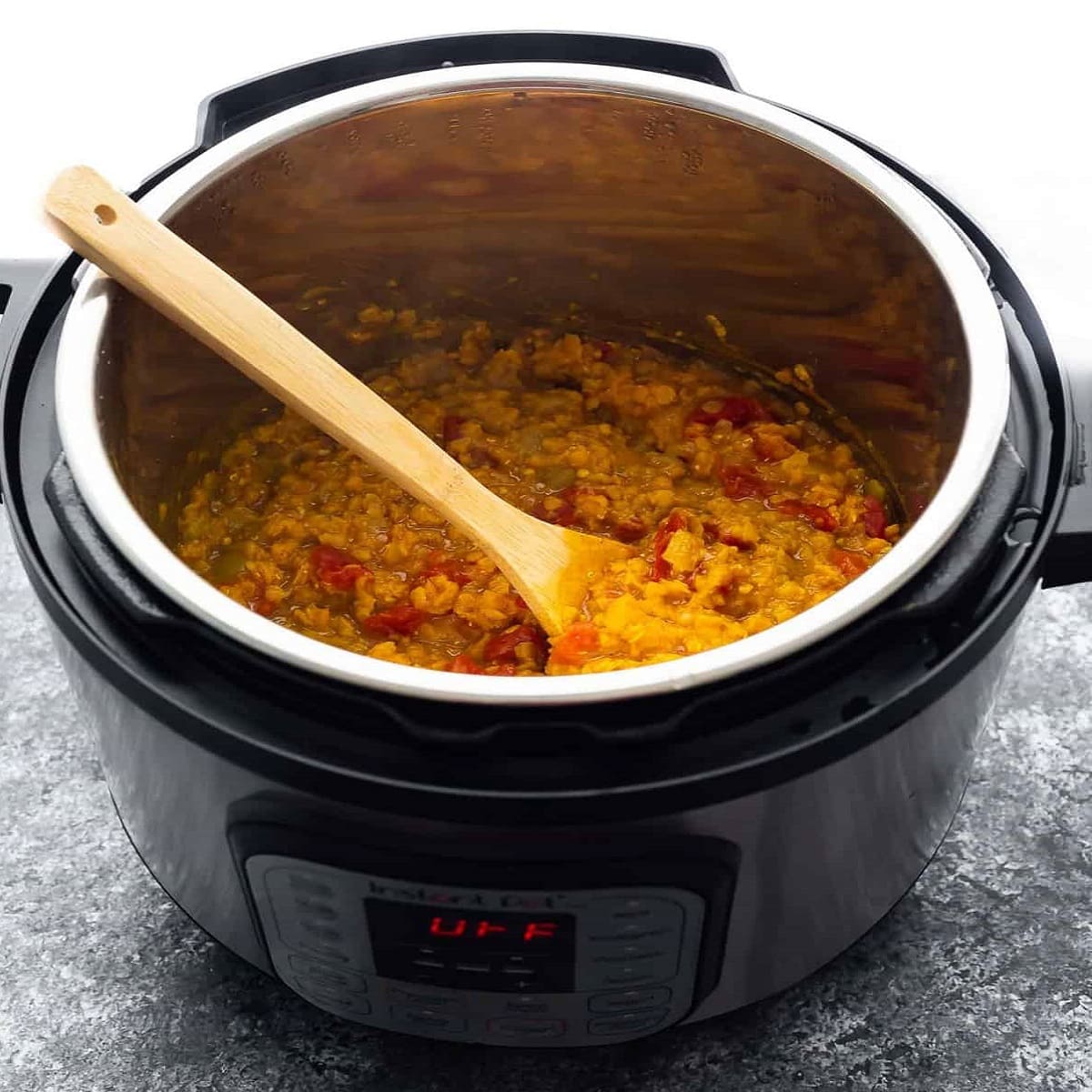
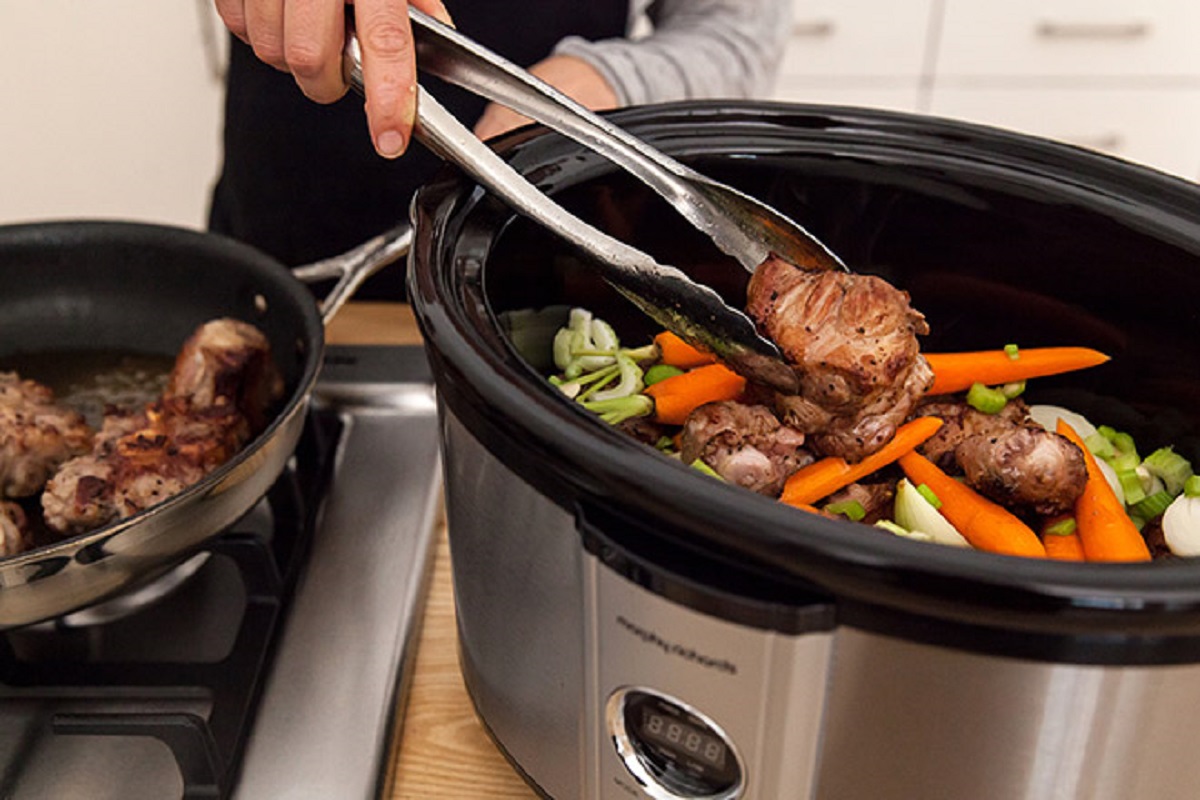
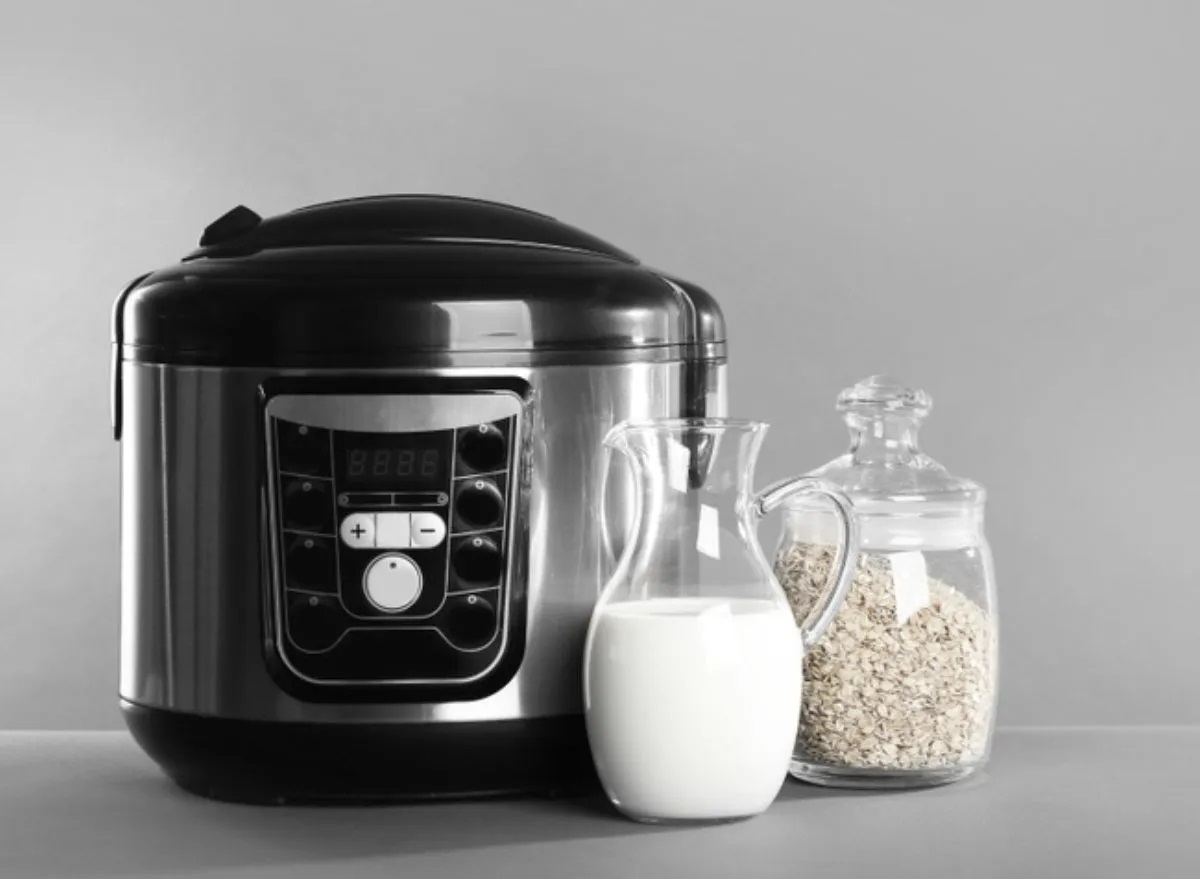
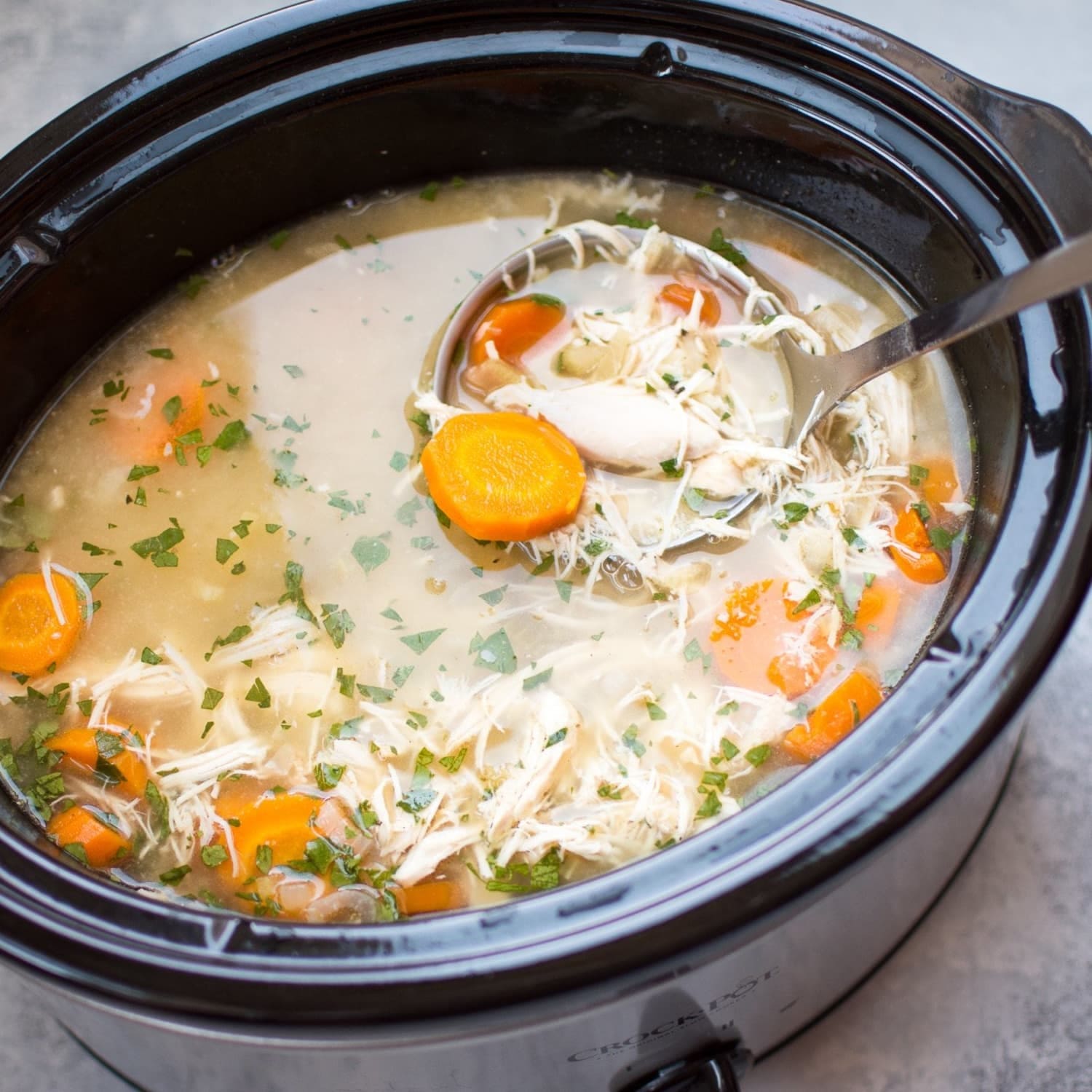
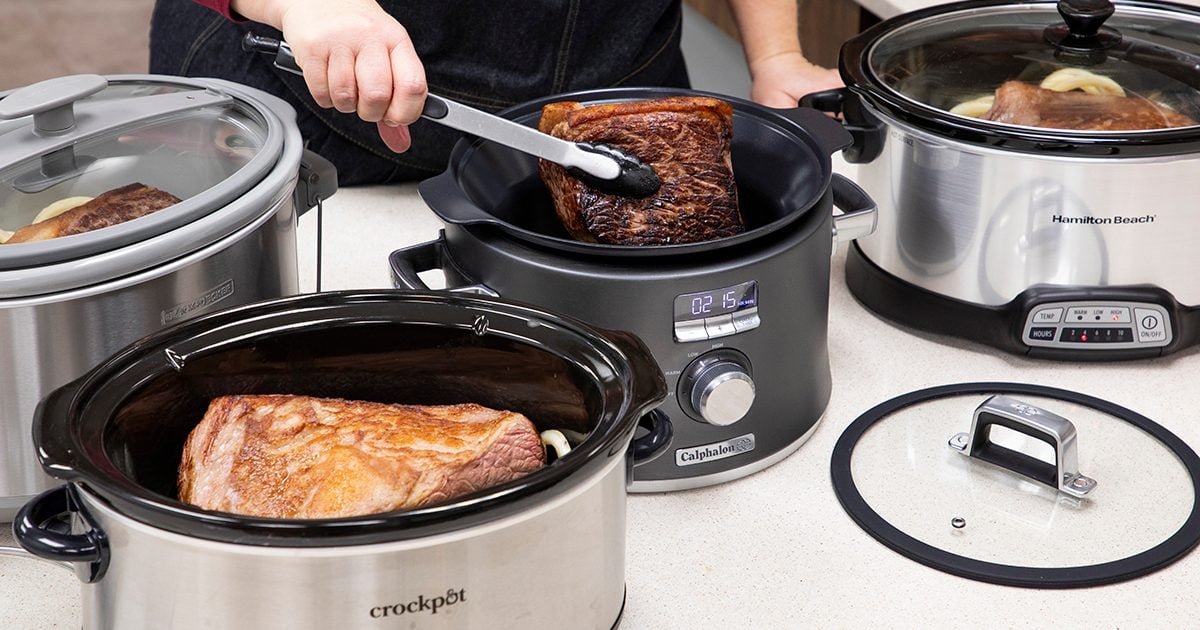
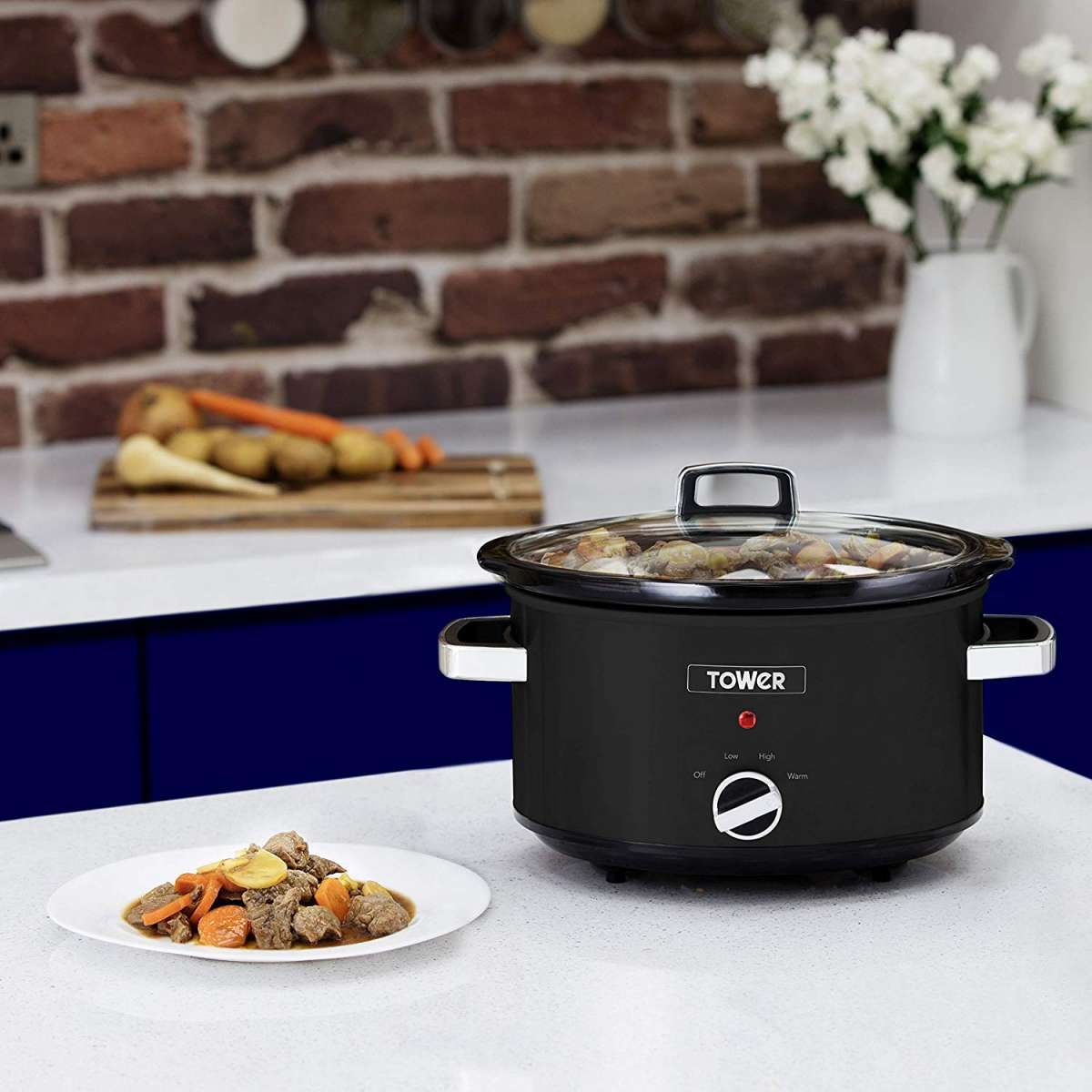

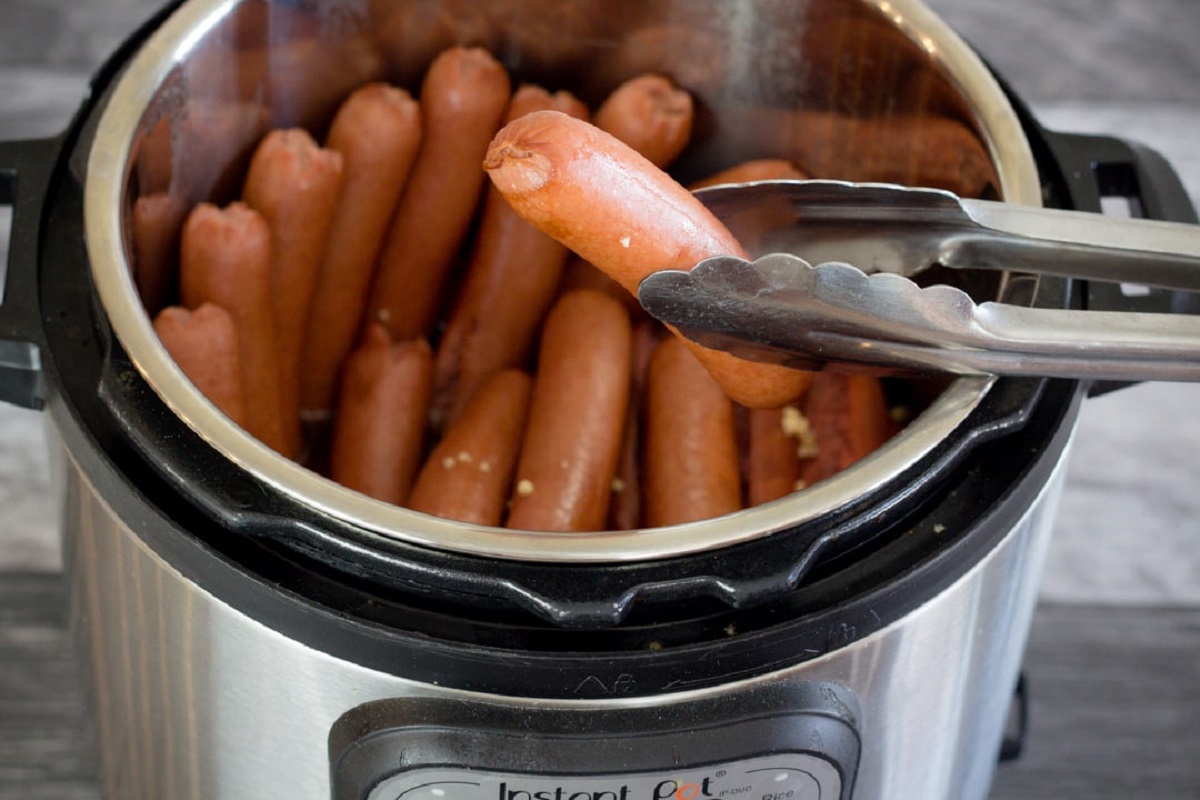

0 thoughts on “How A Slow Cooker Works”